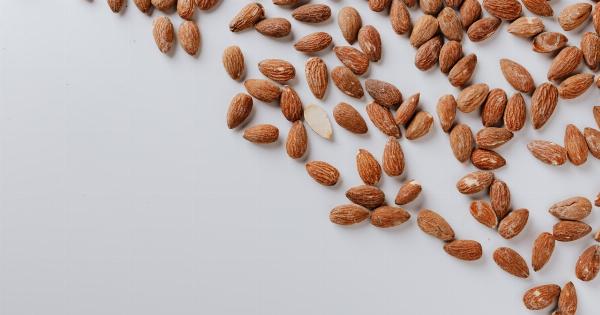Cholesterol is a waxy substance that is produced in the liver and found in animal-based foods. It is essential in the human body for the production of certain hormones and cell membranes.
However, excessive amounts of cholesterol in the blood can increase the risk of developing heart disease, stroke, and other health issues.
The Different Types of Cholesterol
Cholesterol travels throughout the body in the bloodstream in the form of lipoproteins. There are two main types of lipoproteins- low-density lipoproteins (LDL) and high-density lipoproteins (HDL).
LDL Cholesterol
LDL cholesterol, also known as “bad” cholesterol, carries cholesterol from the liver to other parts of the body.
When there is an excess amount of LDL cholesterol in the bloodstream, it can accumulate in the arteries, forming plaques that can block blood flow and increase the risk of heart disease and stroke.
HDL Cholesterol
HDL cholesterol, also known as “good” cholesterol, carries excess cholesterol back to the liver for processing and removal from the body. High levels of HDL cholesterol can help protect against heart disease and stroke.
Factors Affecting Cholesterol Levels
Several factors can affect cholesterol levels, including:.
- Diet
- Physical activity
- Weight
- Smoking
- Age and gender
- Family history
Diet
A diet high in saturated and trans fats can increase LDL cholesterol levels, while a diet high in unsaturated fats can lower LDL cholesterol levels. Consuming too much dietary cholesterol can also increase blood cholesterol levels.
Physical Activity
Physical activity can help increase HDL cholesterol levels and lower LDL cholesterol levels. Adults should aim for at least 150 minutes of moderate-intensity aerobic activity or 75 minutes of vigorous-intensity aerobic activity per week.
Weight
Being overweight or obese can increase LDL cholesterol levels and decrease HDL cholesterol levels.
Smoking
Smoking can lower HDL cholesterol levels and increase the risk of heart disease and stroke.
Age and Gender
As people age, their cholesterol levels typically increase. Women tend to have higher HDL cholesterol levels than men but have lower levels of HDL cholesterol after menopause.
Family History
A family history of high cholesterol or heart disease can increase the risk of developing high cholesterol levels.
Maintaining a Healthy Cholesterol Level
Maintaining a healthy cholesterol level is essential for overall health and well-being. The American Heart Association recommends that adults 20 years and older should have their cholesterol levels checked every four to six years.
Dietary Changes
Making dietary changes can help lower LDL cholesterol levels and maintain a healthy cholesterol level. Some of the changes include:.
- Reducing saturated and trans fats
- Including more fruits, vegetables, and whole grains in the diet
- Choosing lean sources of protein
- Limiting dietary cholesterol intake
- Using healthy fats like olive oil and avocado instead of butter and lard
Physical Activity
Physical activity can help raise HDL cholesterol levels and lower LDL cholesterol levels. Aim for at least 150 minutes of moderate-intensity aerobic activity or 75 minutes of vigorous-intensity aerobic activity per week.
Quit Smoking
Quitting smoking can help improve HDL cholesterol levels and decrease the risk of heart disease and stroke.
Medications
Some people may require medication to lower their LDL cholesterol levels, especially those with genetic conditions that cause high cholesterol.
Statins and other medications can help lower LDL cholesterol levels and reduce the risk of heart disease and stroke.
Final Thoughts
Cholesterol levels play a crucial role in overall health and well-being.
Understanding the different types of cholesterol and factors that can affect cholesterol levels can help individuals make healthy lifestyle changes to maintain a healthy cholesterol level and reduce the risk of heart disease and stroke.




























